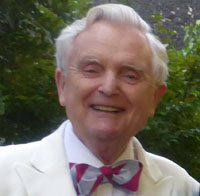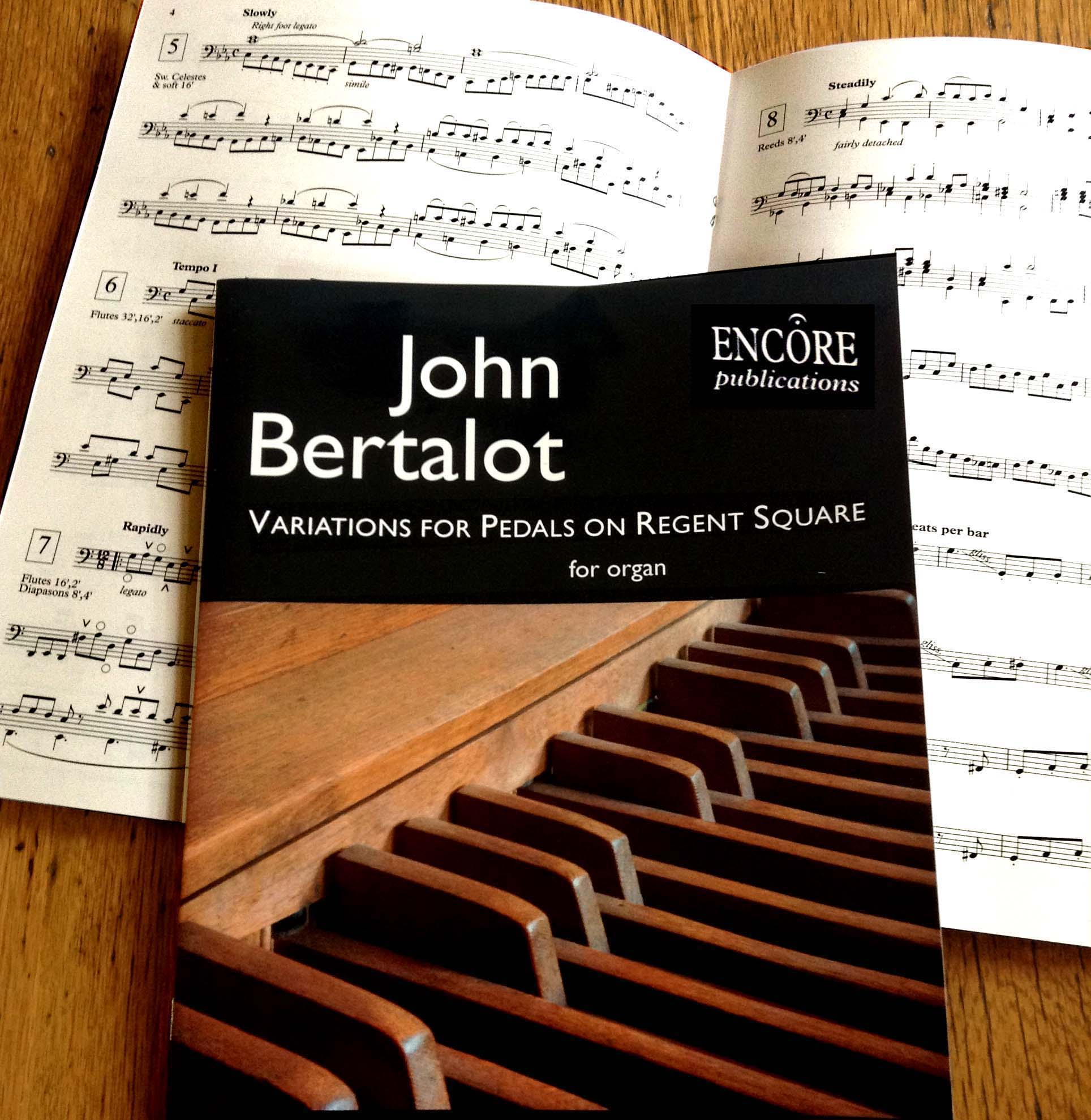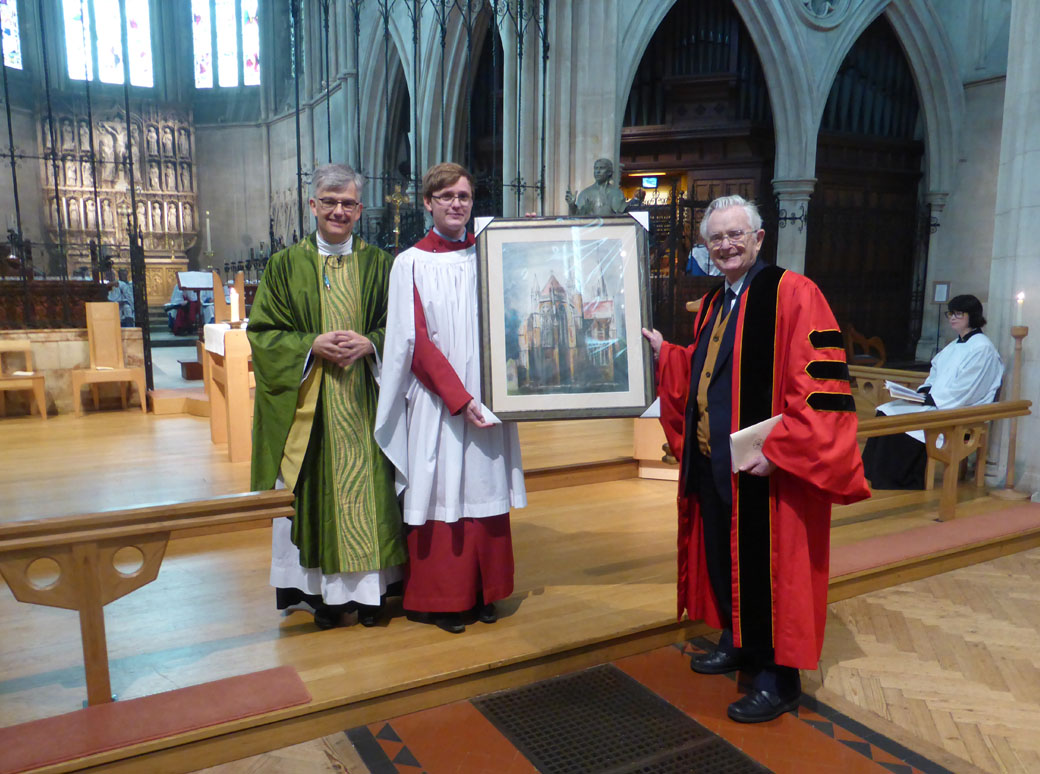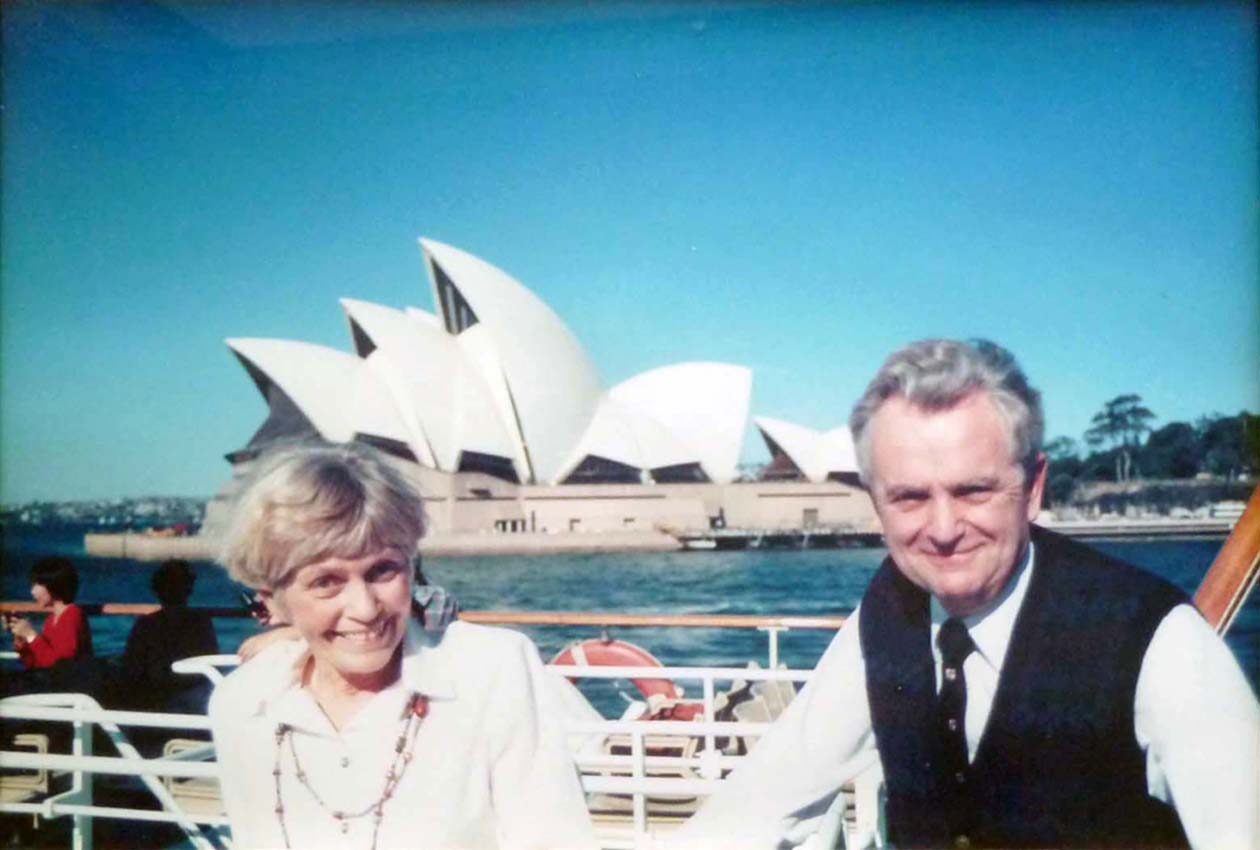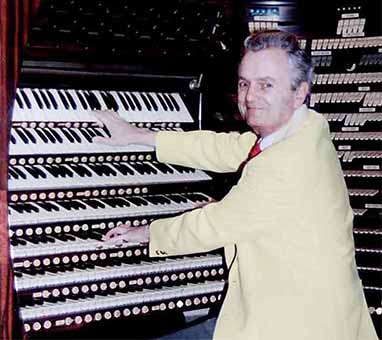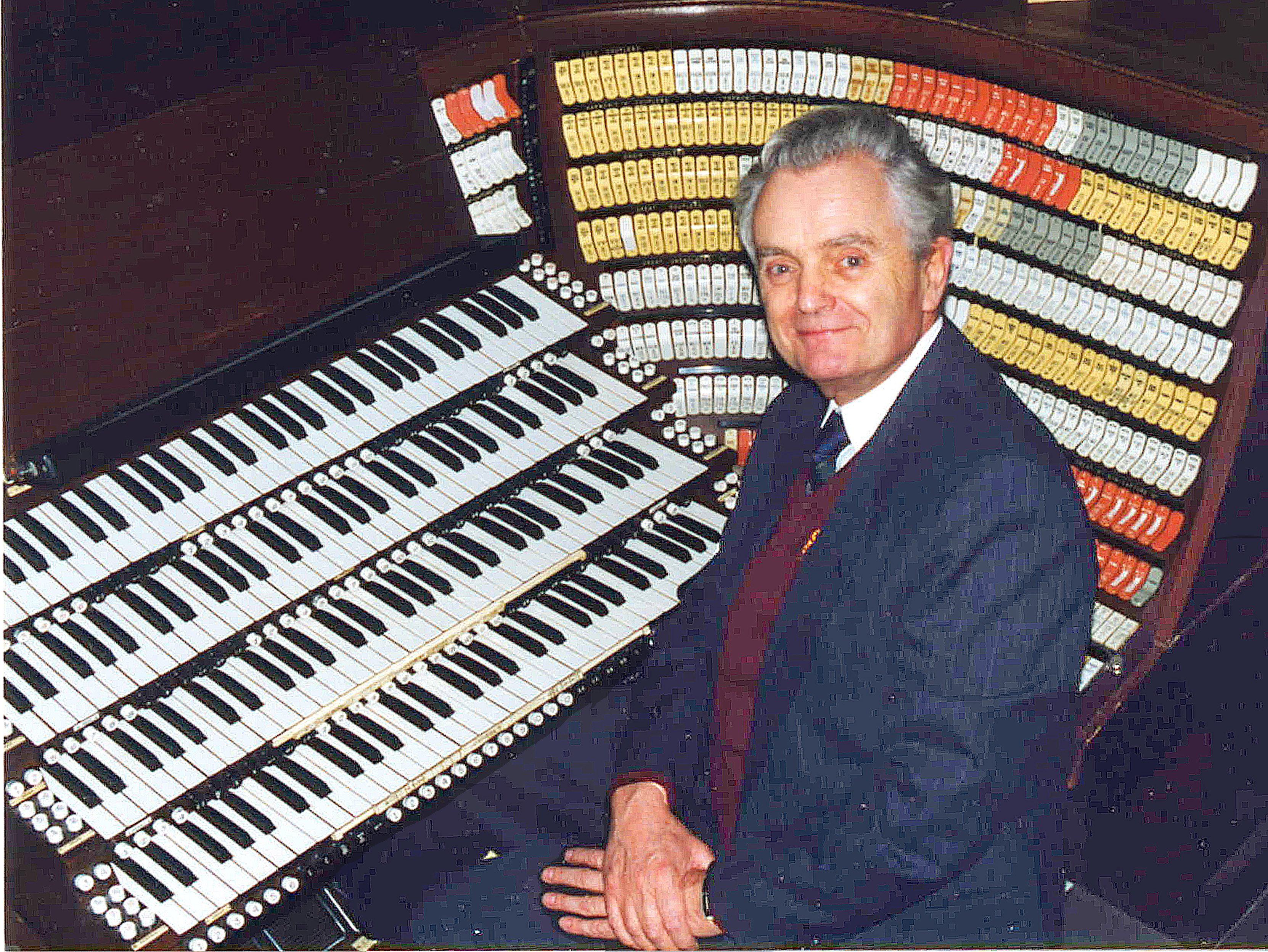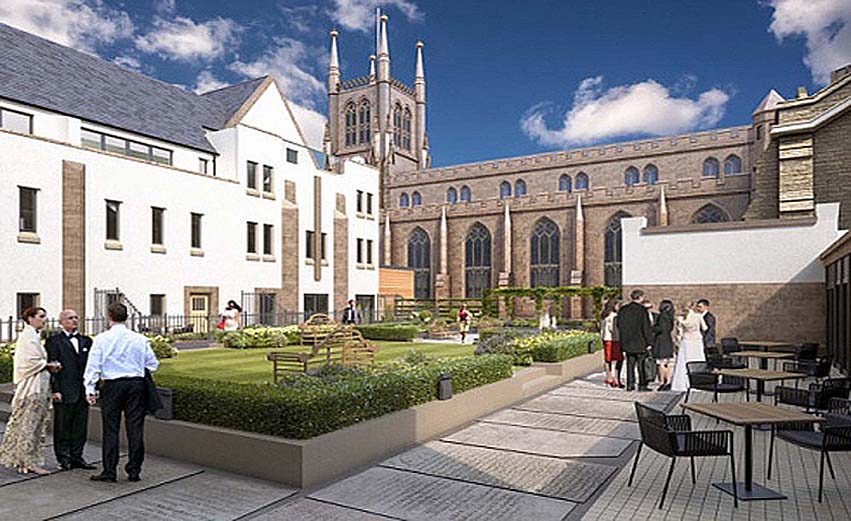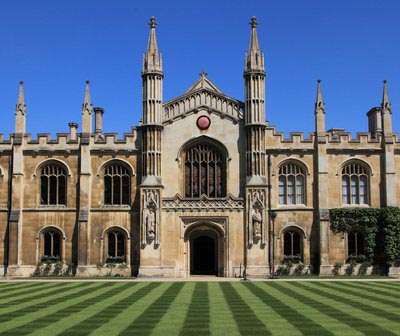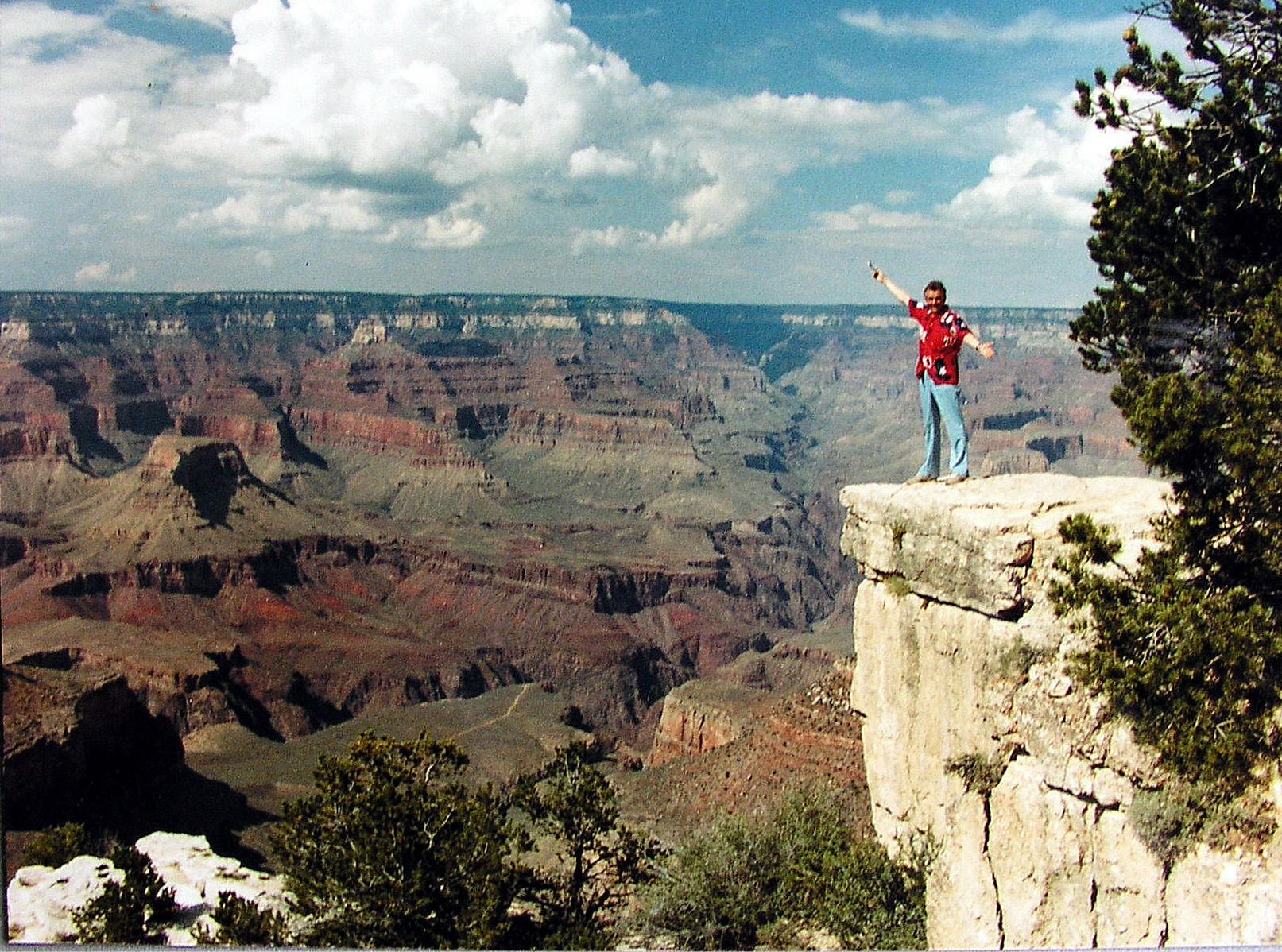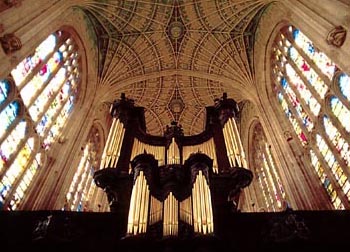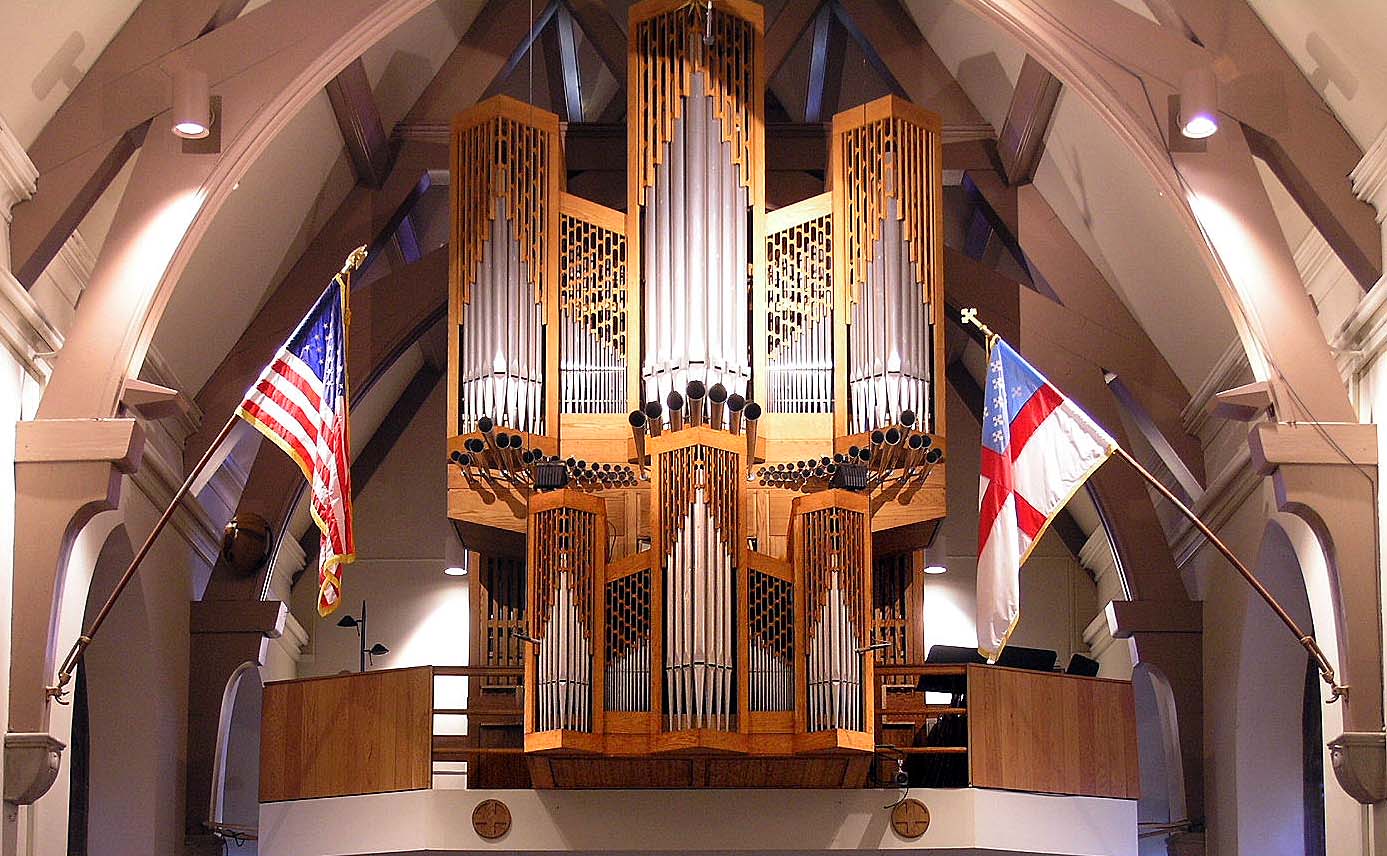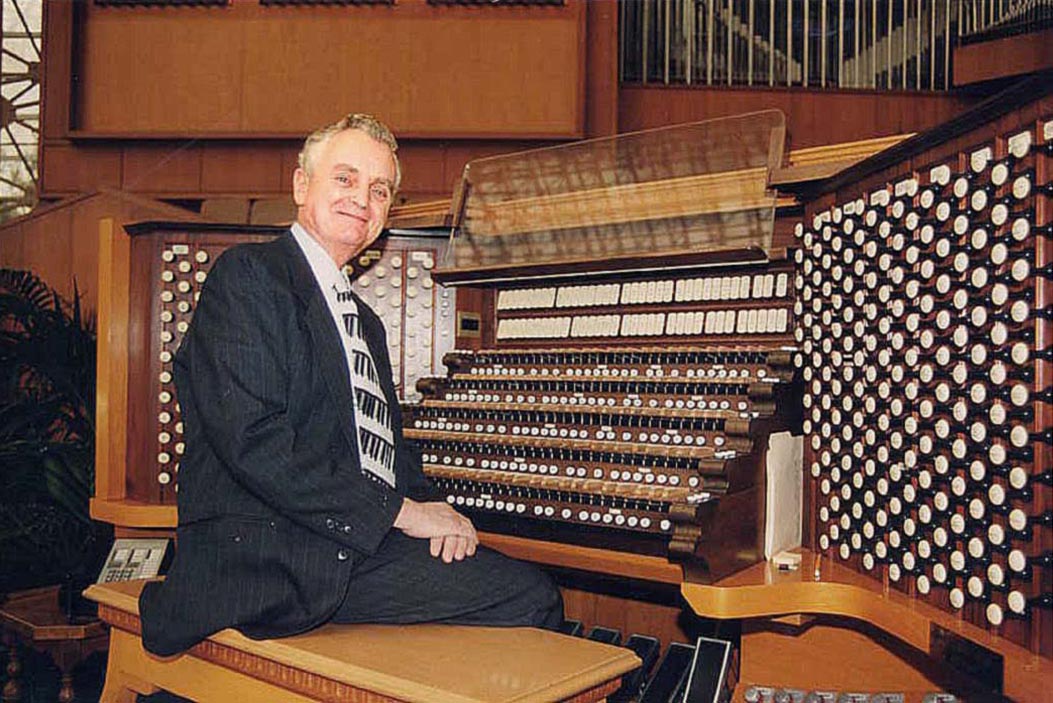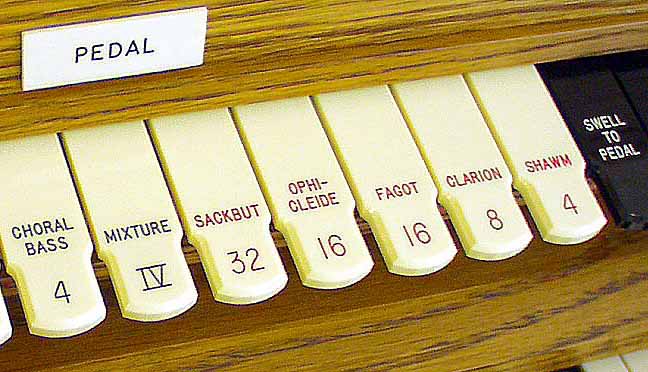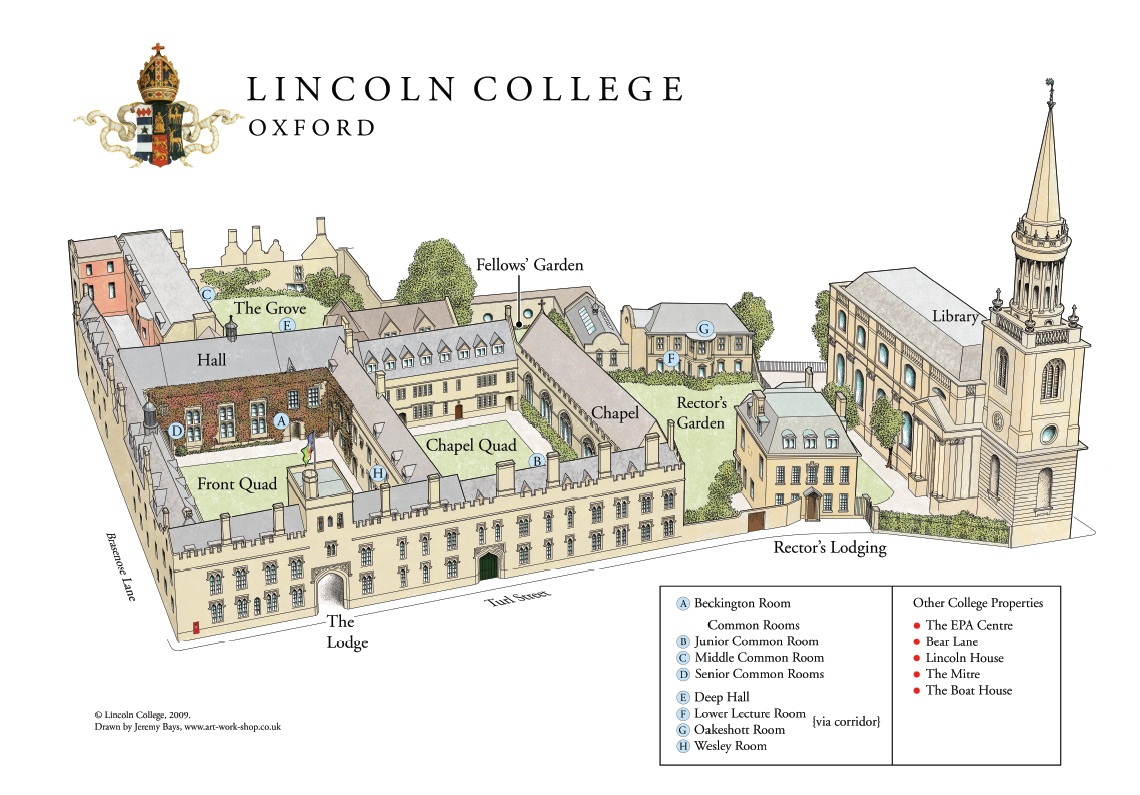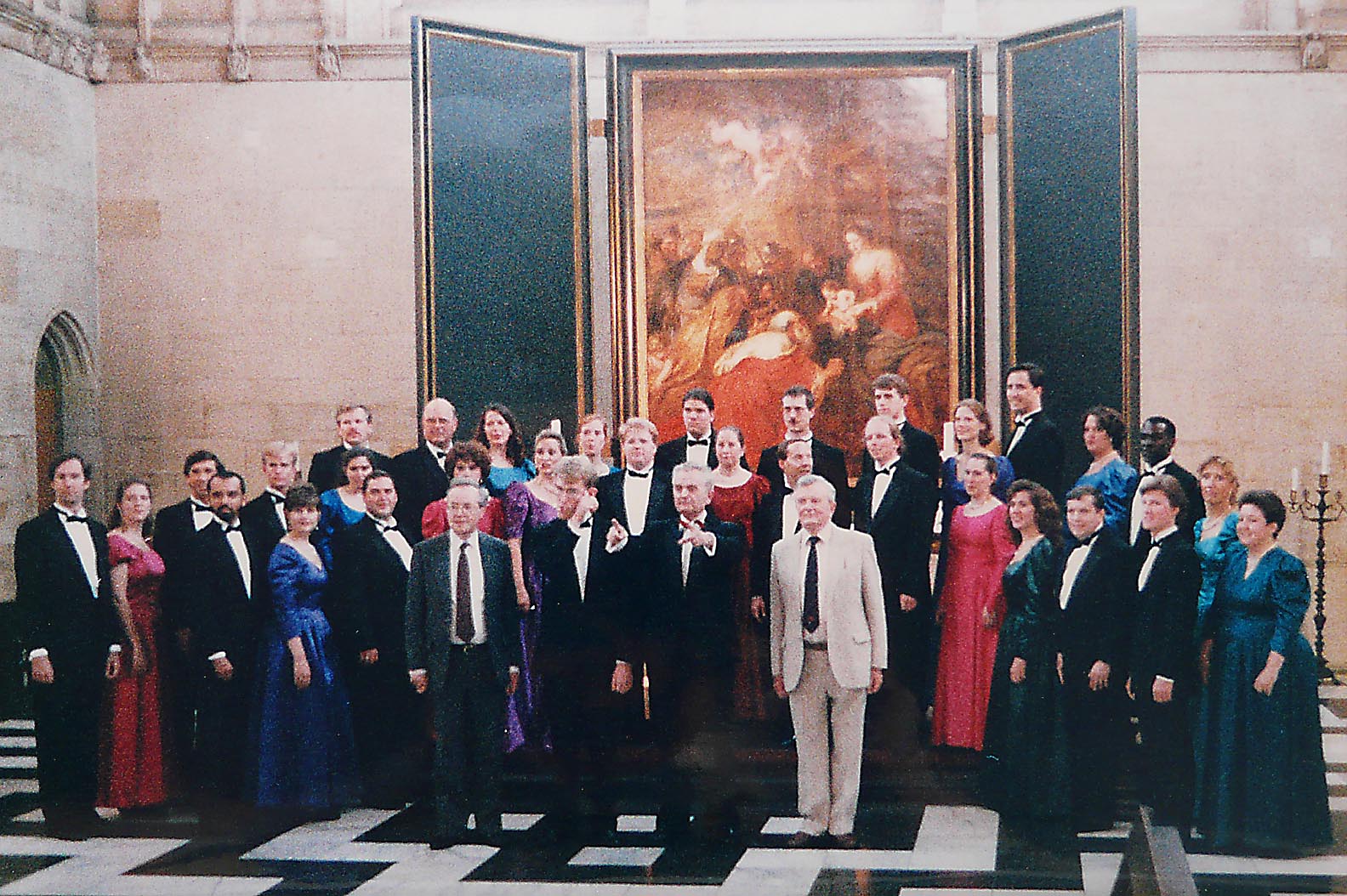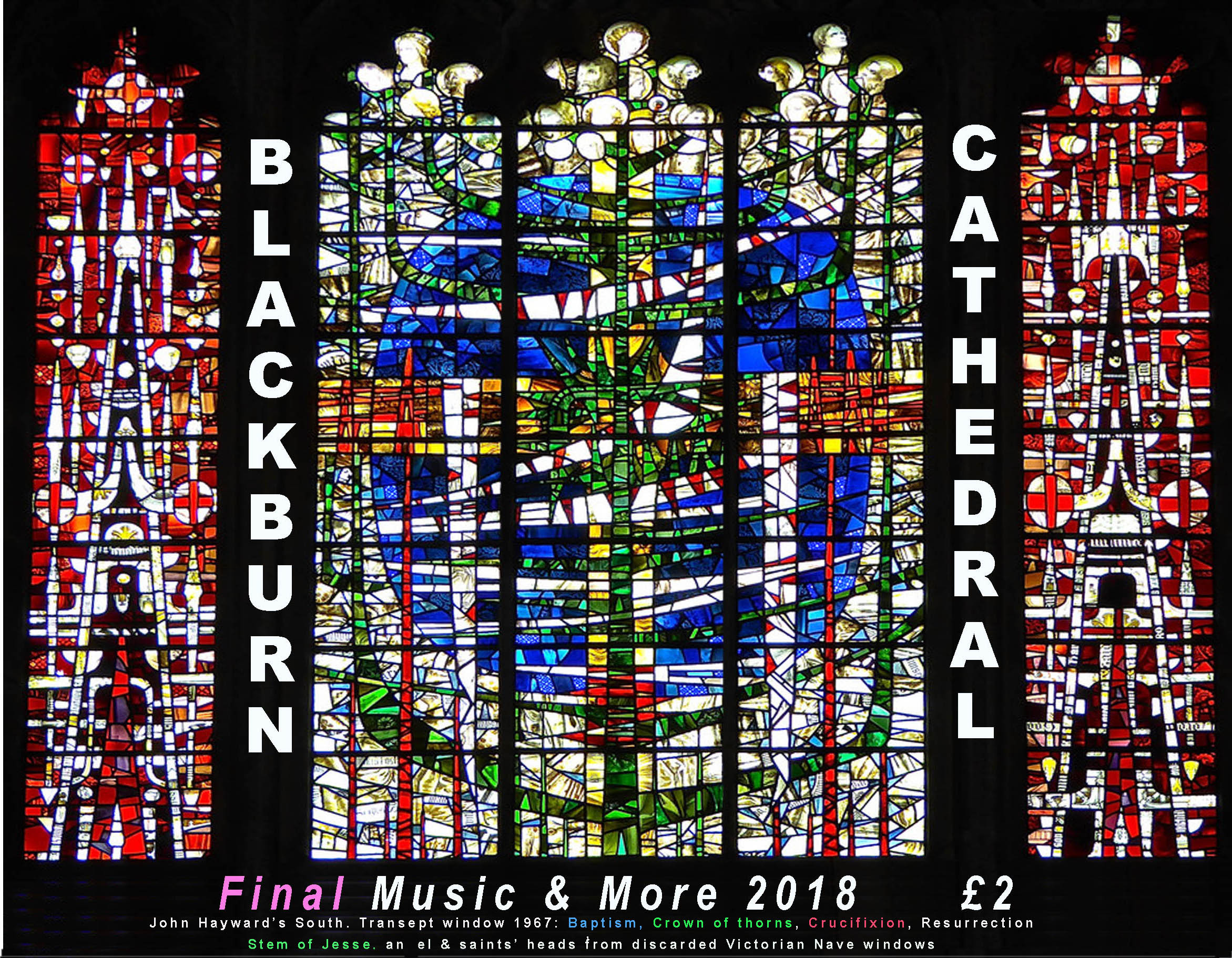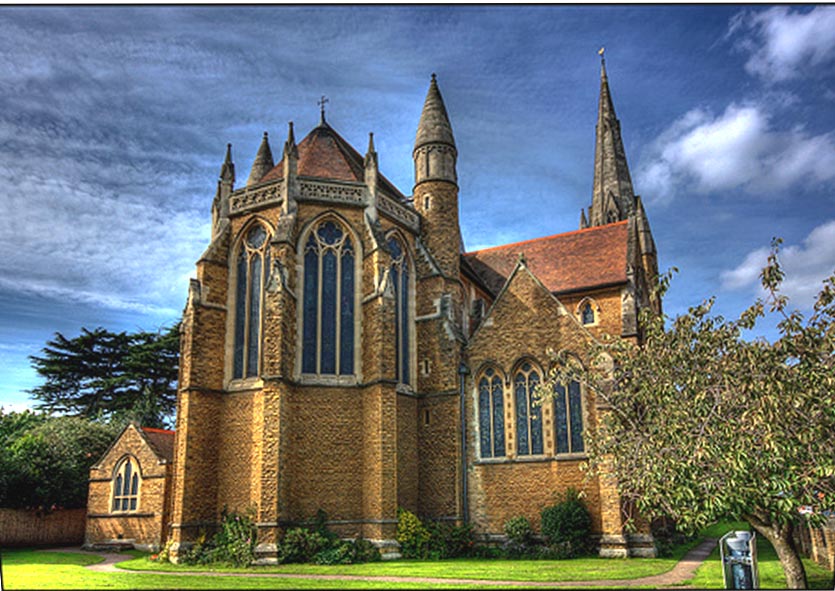"WAS BACH A MATH3MAT1C1AN?"
John Bertalot from lectures he gave in
King's College, Cambridge, August 1986
Southwell Minster, July 2000
The Hereford Three Choirs Festival, August 2003
and Blackburn, September 2010
1: Introduction to this subject which will fascinate you:
When the biologist, Lewis Thomas, was asked
what message he thought should be taken to
other civilizations in space
to demonstrate the achievements
of the human race, he replied,
'I would send the complete works
of Johann Sebastian Bach.'
And then he added, 'But that would be boasting!'
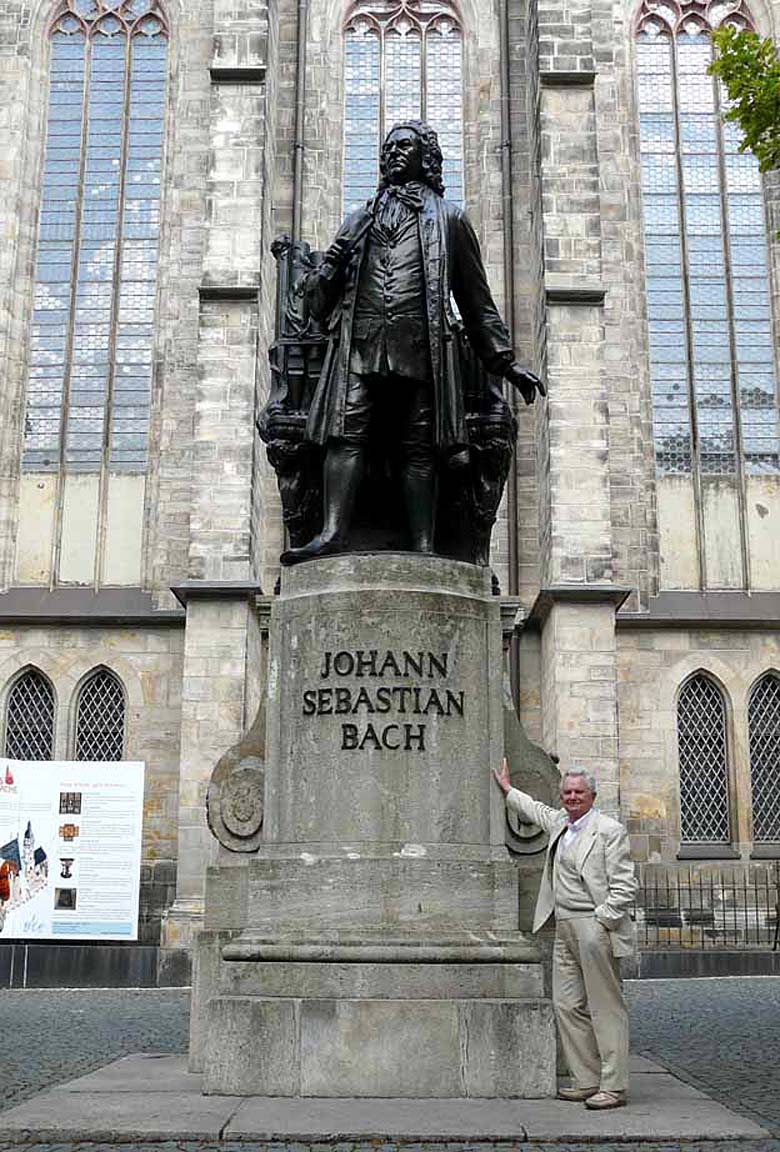 Johann Sebastian Bach (1685-1750)
Johann Sebastian Bach (1685-1750)
had a supernatural ability to make symbols
both with numbers and notes.
Timothy Smith wrote in Journal of Church Music, Sept. 1985,
that such was the intellect of the great contrapuntist
that cryptic messages tumbled forth,
like whispered secrets between composer and God,
to occupy the imagination of scholars and musicians
for the next three centuries (and, undoubtedly, beyond).'
Bach owned a copy of Luther's German translation of the Bible, which included an edited version of Luther's commentaries.
Bach underlined many passages in this book and he wrote frequent comments.
For example, from Exodus 15:27, Bach UNDERLINED this passage...
'Then they came to Elim, where there were twelve springs of water and 70 palm trees.'
Luther noted that, in the Old Testament,
there were 12 tribes of Israel and 70 elders,
and in the New Testament
there were 12 apostles and 70 disciples.
Bach's underlining of this passage demonstrates his interest in numbers and theology.
Dr. Robin Leaver, who was a colleague of mine and professor at Westminster Choir College in Princeton, NJ, wrote in his book J. S. Bach and Scripture, Concordia 1985, that [these underlinings and annotations] reveal something of the innermost thinking of the great composer and illuminate his theological and devotional approach to his art... Bach had an interest in symbolic numbers [which provide] evidence for Bach's own commitment to the Christian faith.
Some more extracts from Dr. Leaver's book:
In Bach's copy of the commentary on the New Testament, he underlined a number of passages which describe the Passion of our Lord. Christ's suffering is the fulfilment of Scripture and the accomplishment of the redemption of the human race.
Bach also wrote, 'The ultimate end...of all music...is nothing other than the praise of God and the recreation of the soul.' This was clearly central to Bach's Christian beliefs, which he demonstrated in his settings of the Passion and the B minor Mass as well as in many cantatas.
Perhaps the essence of Christianity is so to identify ourselves with our Redeemer that we grow to become more like him.
How far did Bach identify himself with his Redeemer, through the symbolism hidden in some of his music?
We may discover an answer when we examine the secret mathematical structure which governs some of Bach's music, and, perhaps the cumulative effect of revealing a series of small steps may encourage some folk to make a giant leap to believe the seemingly impossible.
Look at some simple examples of Bach's joy in painting pictures in music:
1: Come Holy Ghost, from the Orgelbuchlein. (Little Organ Book)
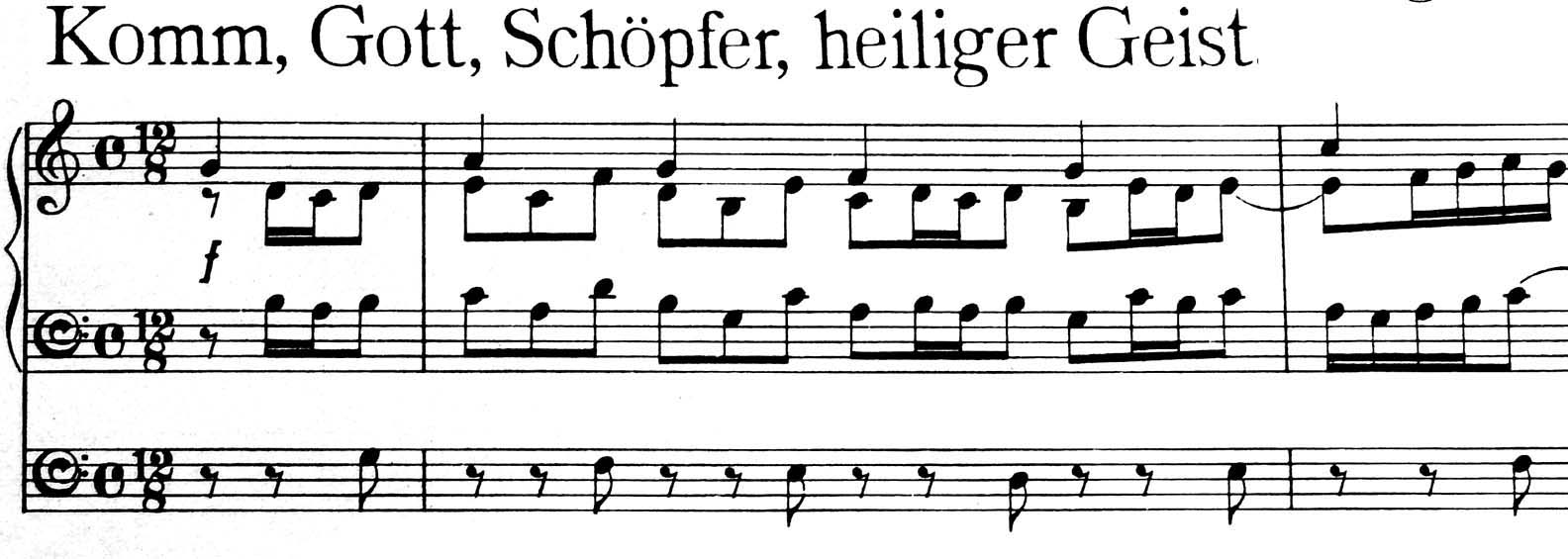
Which person of the Trinity is the Holy Spirit? The third!
How is Bach stressing the Third Person? (qv Pedals on the third beat of every group.)
2 Look at the pedal part of Bach's setting of the chorale on the Fall of Adam.

No-one had ever composed such an extraordinary pedal part!
On its own it sounds as though Adam were hurtling downwards, but with the manual parts, it fits perfectly.
3 Look at another example from the Orgelbuchlein a setting of the Nunc Dimittis, Mit Fried und Freud ich fahr dahin, (In peace and joy I now depart) to a melody probably by Luther.
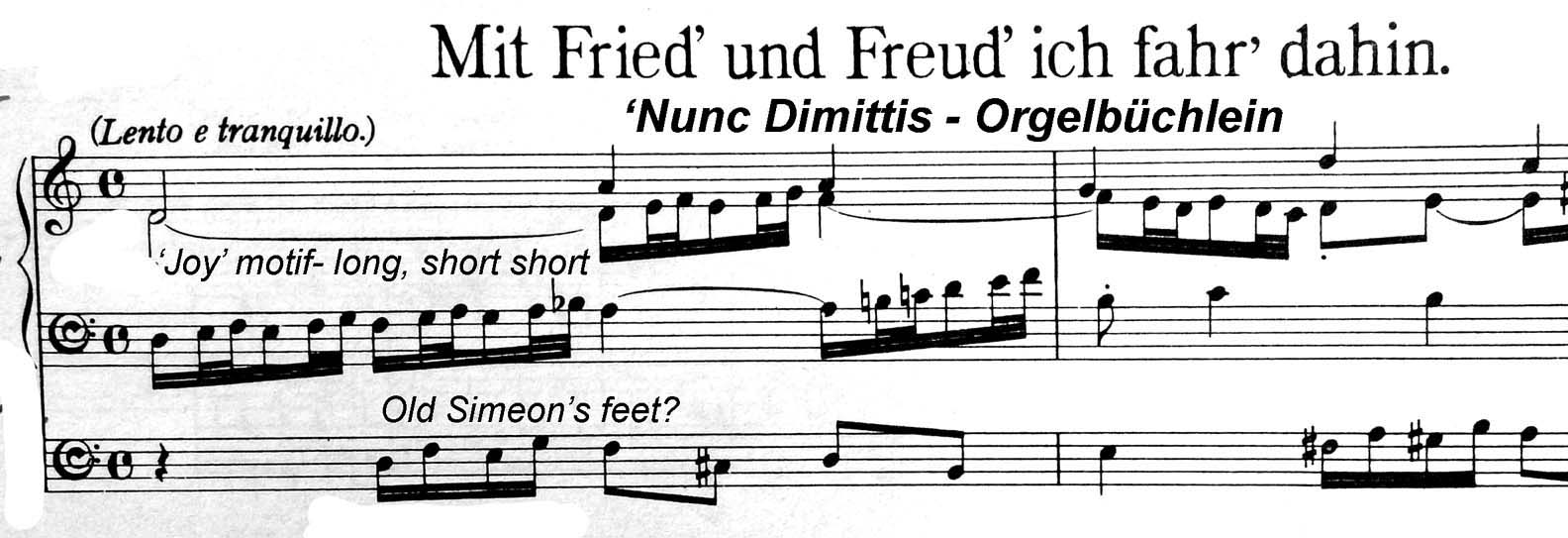
Bach sets the slow melody in the soprano part, but in the alto and tenor parts he has his joy motif three notes: long-short-short. This clearly demonstrates the joy that Simeon felt when he beheld the baby Jesus in his Mother's arms at what has now come to be celebrated as the Feast of the Purification.
But the pedal part demonstrates to me the erratic shuffling feet of an old man. Halfway through this chorale prelude, Simeon slows down and takes a short breather!
4. From the St. Matthew Passion
What did Jesus and his disciples do immediately after they'd sung a hymn at the Last Supper?
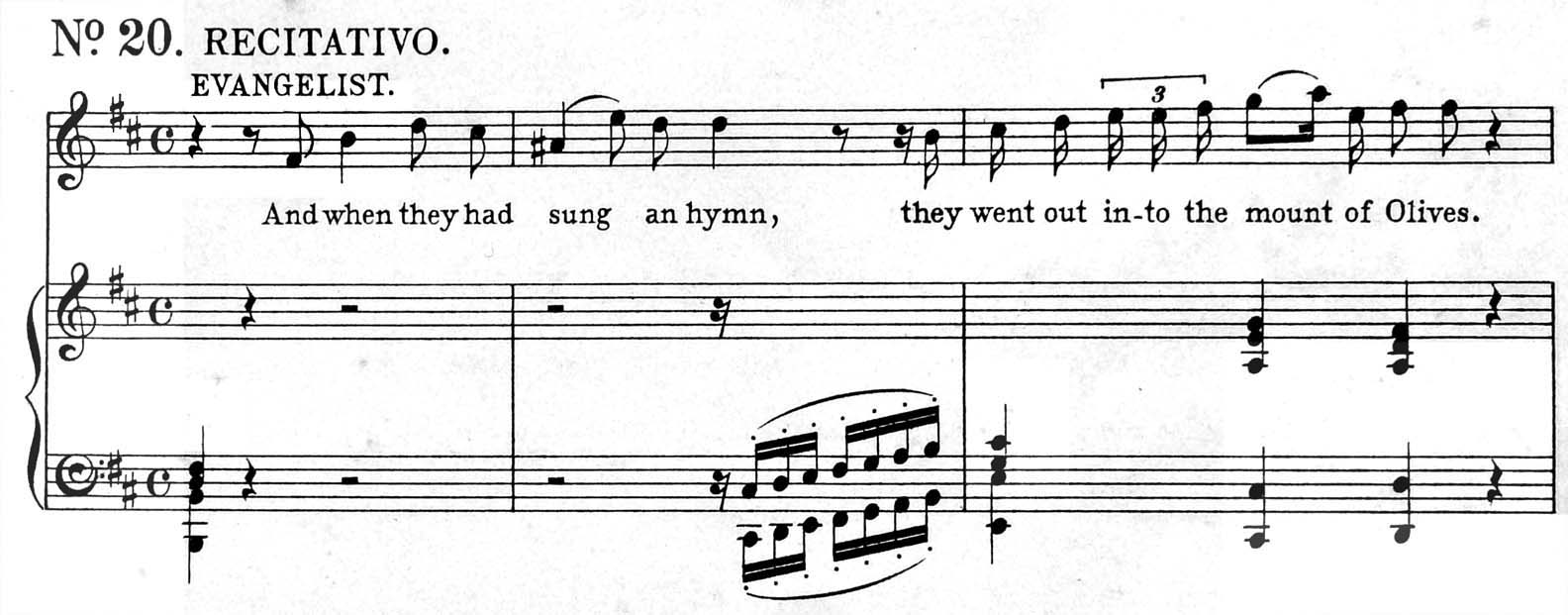 They stood up! (Why else would Bach have written that rising scale? That's so obvious, isn't it?)
They stood up! (Why else would Bach have written that rising scale? That's so obvious, isn't it?)
5 Now a simple example involving numbers:
(St. Matthew Passion) How many disciples were at the Last Supper? Twelve.
And what did the disciples say when Jesus told them that one of them would betray him? Lord, not I?
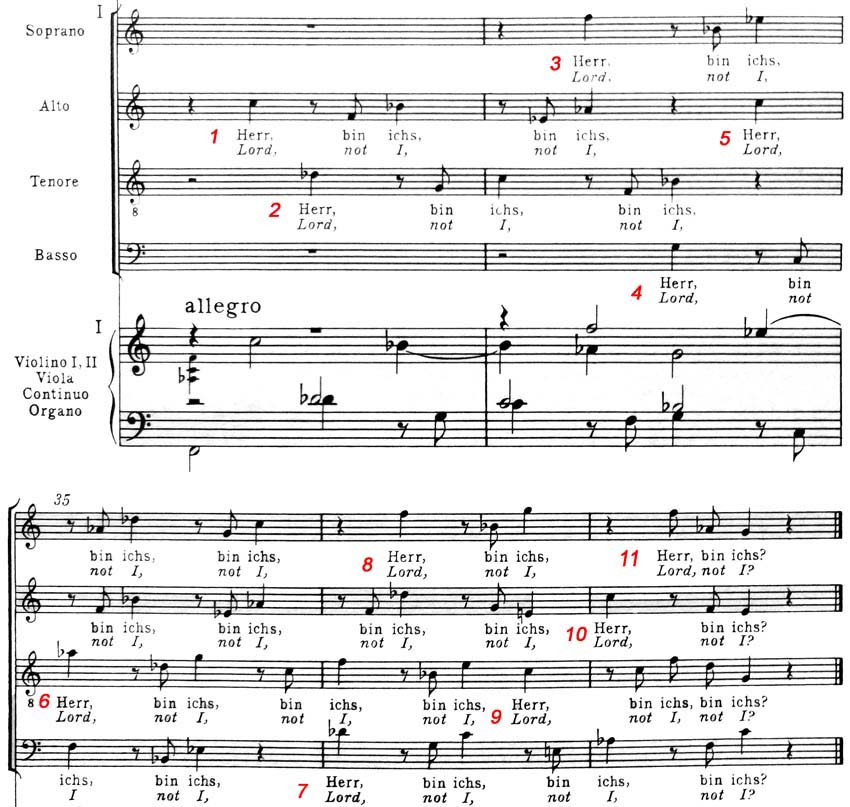
But there are only 11 Lord, not I? The 12th Disciple was Judas and Matthew tells us that Judas asked, a few bars later,
Is it I, Rabbi?'
This literal depiction, by itself, of each disciple asking the question could be a coincidence,
but the more we explore Bach's music
the more examples we find of his delight in hiding extra meaning to the music he composed.
In my next article we shall explore the
'St. Anne' Prelude & Fugue
and touch upon some of his motets.
